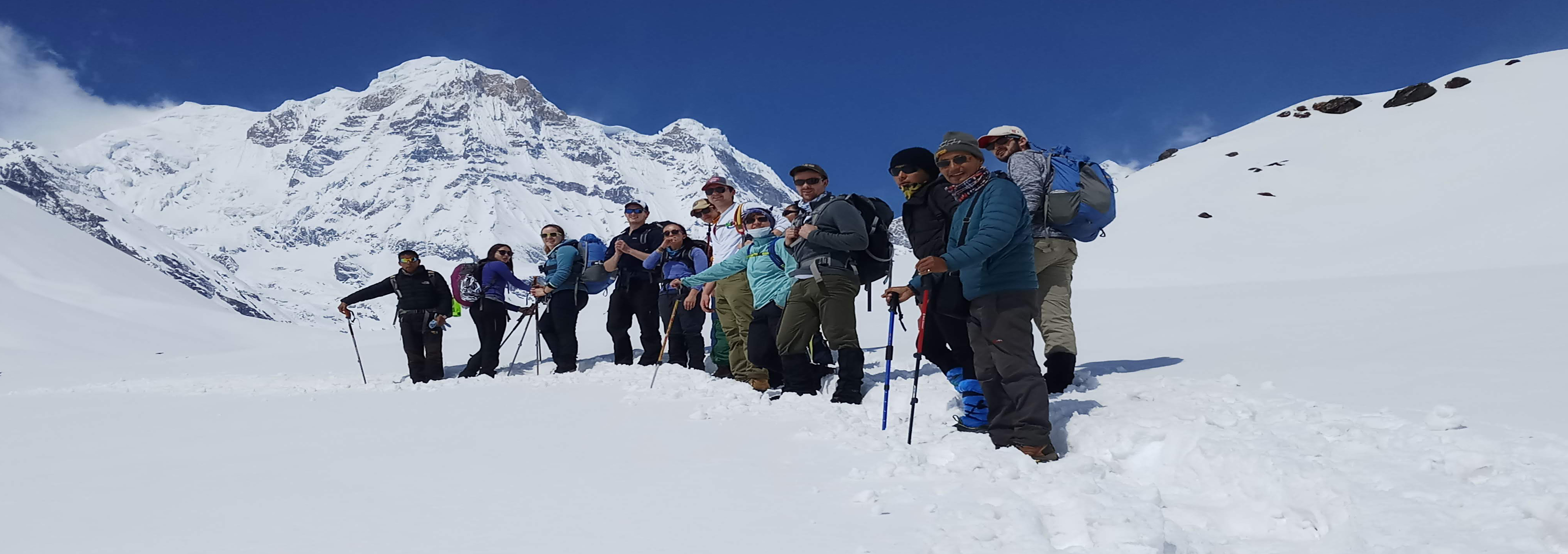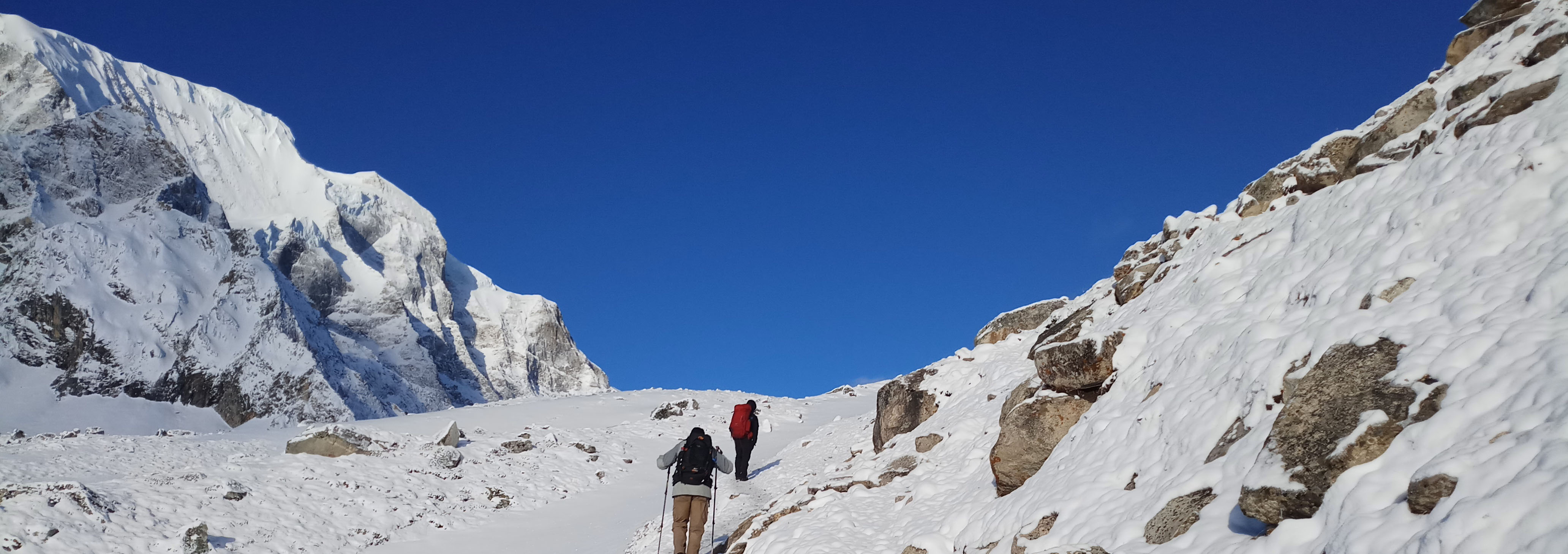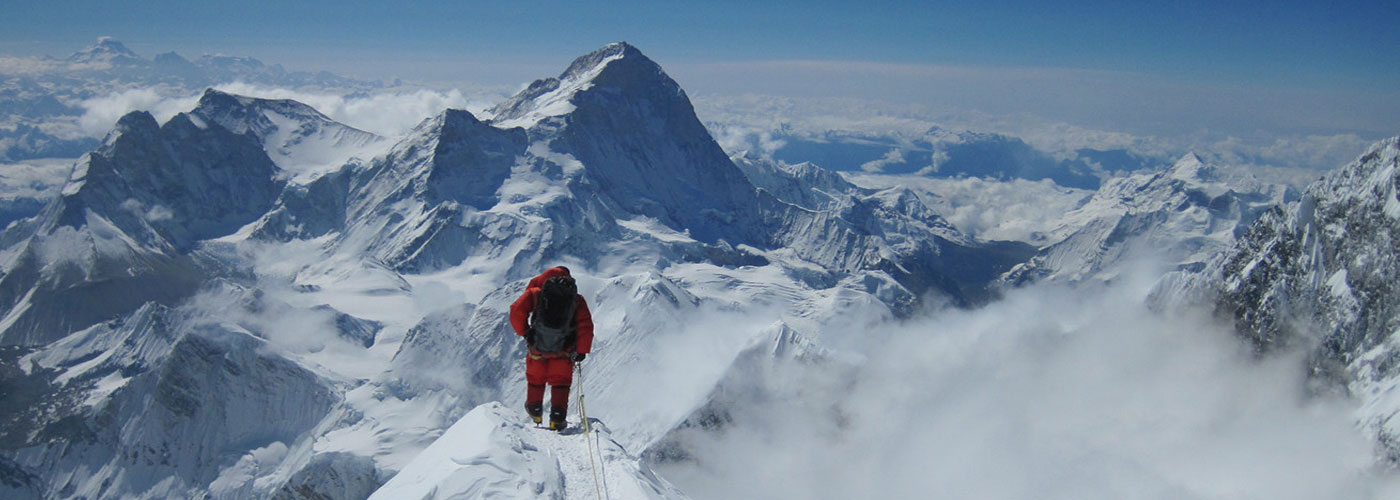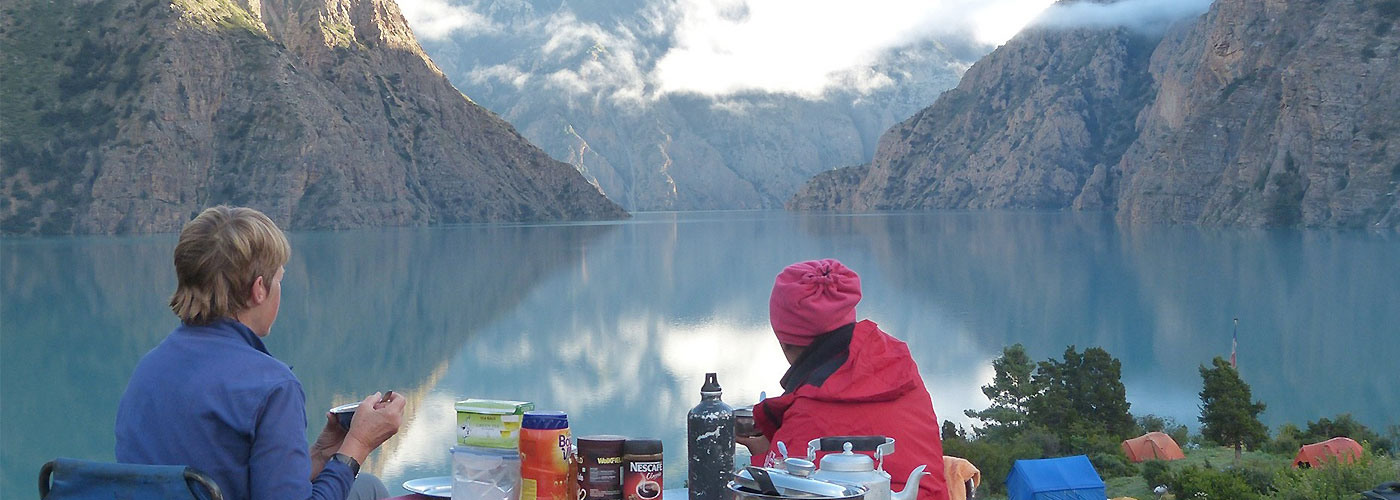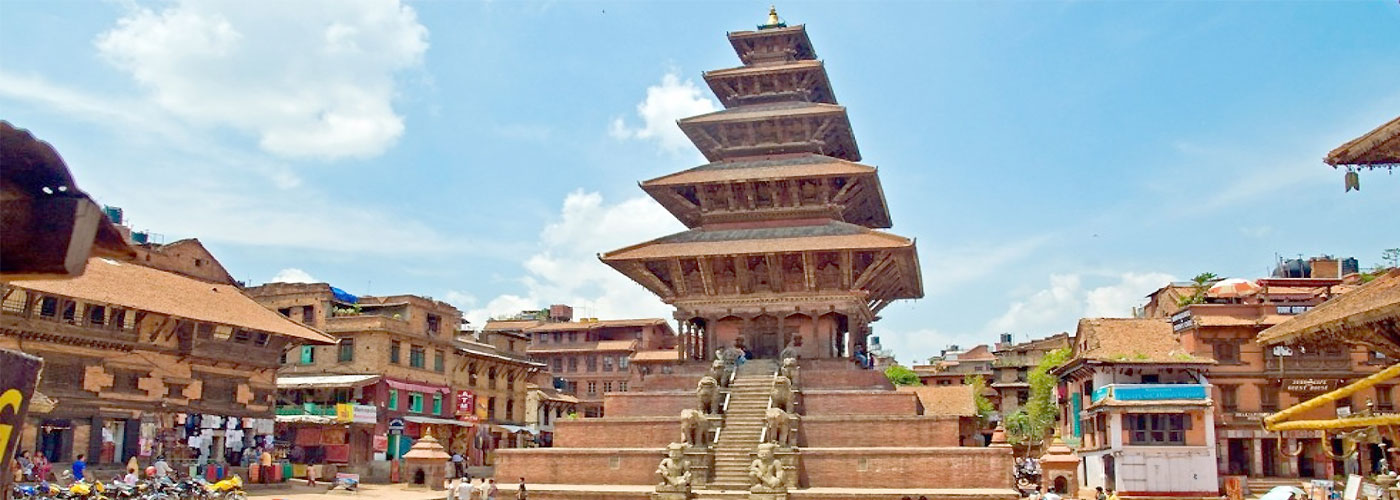What’s the difference between trekking, hiking and mountain climbing?
You can do all three activities in Nepal, but they are quite different things. Trekking is a multi-day walk, where you stay overnight (or several nights) at the place you’ve walked to. Hiking generally refers to a one-day walk. It might be two hours or eight, but if it takes place within a single day, it’ll probably be referred to as a hike. Mountain climbing is another thing entirely. It takes special equipment, training and comes with more risk. Neither trekking nor hiking require any special skill, other than the ability to walk
Why should I go trekking in Nepal?
In the whole world, there are fourteen mountains above 8000 metres; Nepal is home to eight of them, so you’ll be treated to great views. Also, the country is set up well for trekking, with abundant affordable lodges. Trekking in Nepal is also cheap, generally lower than in other countries where trekking is popular, such as New Zealand or Japan. Finally, Nepal is safe. Sure, accidents happen–earthquakes, freak weather events–and some dodgy characters exist, like anywhere. It’s never a good idea to trek solo. But on the whole, crime and violent crime in Nepal is very low.
Is it difficult?
This is very difficult to answer definitively, but if you are reasonably fit, then trekking is challenging but not exhausting. Most treks are designed so that you walk a comfortable distance each day and still have enough power left for the next.
How many hours per day do you walk?
This depends on the trek, but is usually no more than six. Once you reach higher than 3000 metres, it’s not safe to climb more than 300-400 metres in one day, so the higher you walk, the shorter the walking days are likely to be.
Will it be cold?
This depends on where you go and in which season. Not all treks require going very high, but some do. You can expect to need some warm clothes at the higher altitudes, whatever the season. In any case, always be prepared for unseasonable cold and have plenty of layers and a down coat.
Do I need a guide, or can I go on my own?
Both ways are possible in many places in Nepal, but hiring a guide and porter through a company is more enjoyable. You don’t have to worry about logistics, you won’t risk getting lost, and if any emergencies arise, you will be well taken care of.
Is it expensive to go trekking in Nepal?
There are opportunities for both luxury and budget travel while trekking in Nepal. Cost will also depend on the remoteness of the region and want kind of transport connections you need to take. For example, the Everest Base Camp trek can be more expensive than some other treks because it requires flights to and from Lukla. In general, trekking in Nepal is much cheaper than in many other countries.
Where will I stay?
You will either stay in lodges (teahouses) or, in the more remote areas, tents. Most lodge accommodation is simple but clean and comfortable. Luxury and homestay options exist on some routes.
What will I eat?
In most places you will get a variety, and can choose from a menu: pasta, momos, dal bhat and veg curry are all common. For breakfast: pancakes, porridge, eggs, potatoes.
Will I get altitude sickness?
The effects of altitude are quite random, and not necessarily related to how fit you are. The trick to avoiding sickness is not to over-do it. The effects of altitude are mostly likely to come on once you’re above 3000 metres, and once you’re at that height it’s not wise to ascend more than 300-400 metres per day. Sometimes that will mean short walking days of only a couple of hours, but if it means you don’t ascend too high, too quickly, this is necessary.
How long should I go trekking in Nepal for?
This depends on the route you want to take, and what you want to see. Some treks are as long as 20+ days, such as the Annapurna Circuit or Everest Base Camp trek. Some can be as short as three days, such as the Poon Hill trek, or some around the Kathmandu Valley. Both are enjoyable, but your decision will depend on your own time, finances, fitness and interests.
Where are the best places to go trekking in Nepal?
The possibilities are almost endless! Everest Base Camp and the Annapurna Circuit are two of the most popular. But there are numerous other trails all around the country, short and long, high and low, in valleys and snow-capped peaks, passing rivers, lakes and waterfalls. To get a good idea of what’s possible, discuss your requirements and interests with a travel company.

